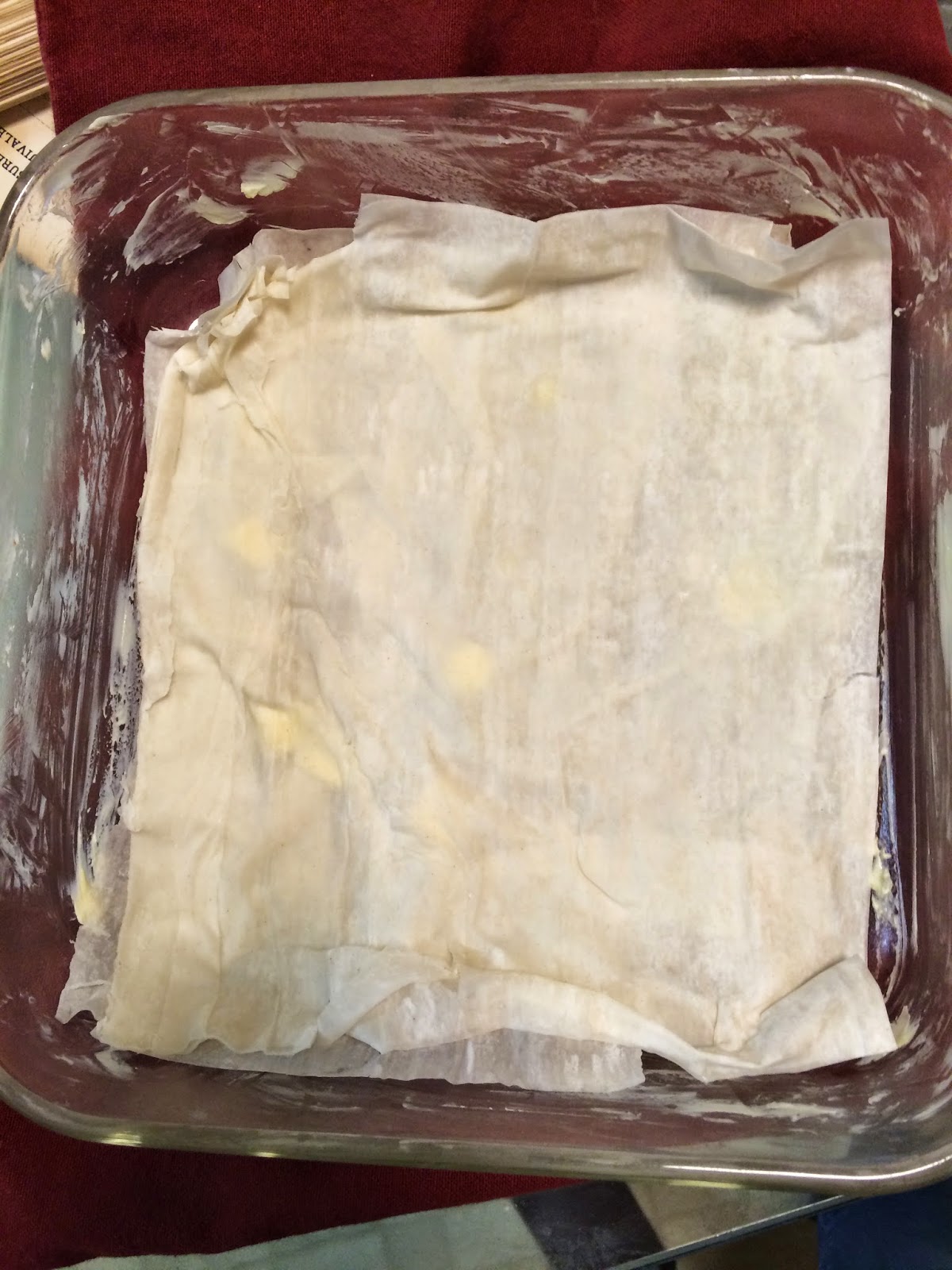Currently I'm pulling information together to possibly study abroad in the Fall of 2016, and I couldn't be more excited! So, why am I telling you this? Well, the program I'm looking into would be a semester in New South Wales, Australia! Naturally this would make me want to bake something from the land down under, which brings me to what today's post actually is about: pavlovas.
For those of you who have never experienced this fluffy, sweet, miraculous Australian dessert, a pavlova is actually a fairly simple treat to make. It consists of a fluffy meringue that is topped with some sort of fruit or syrup or whipped cream goodness. Drooling yet? I am.
Ingredients:
6 egg whites
pinch of salt
1 tsp distilled white vinegar
1 1/2 cups sugar (castor/superfine sugar are preferred, but granulated works just as well)
1 tbsp cornstarch
Fruit for topping
Whipped cream, if desired
Instructions:
- Preheat the oven to 225*F
- Beat six egg whites in a stand mixer on medium speed until they become frothy and white.
- Add a pinch of salt and the vinegar to the egg whites and continue beating until very soft peaks form.
- Add the sugar slowly, incorporating it into the egg whites as you go. Continue beating the mixture on medium-high speed until harder peaks form.
- Add the cornstarch and beat the mixture on high speed until the meringue is stiff. If you're brave, you can test this by flipping your bowl of meringue over and holding it above your head... up to you. :)
- Transfer the meringue onto a lined or sprayed cookie sheet, making 6 fluffy piles. These need to be fairly tall. Make sure you press the peaks of the pavlovas down so they do not burn.
- Bake pavlovas for 1 hr.
- Turn off the oven and crack the door open, but do not remove the pavlovas from the oven until they have cooled to room temperature.
- Remove from oven. Top with fruit and whipped cream. NOTE: I heated blackberries, strawberries, and lemon juice and a couple tablespoons of sugar in a saucepan to make them syrupy and almost like pie filling. Additionally, you could choose to make home-made whipped cream or the chantilly cream from the cream puff recipe I posted earlier, but today I was lazy and just used Reddi-whip.
- Enjoy!
NOTES/TIPS:
I mentioned at the start of this blog that I promise to always be honest about how these recipes turn out. So, here's the deal: These are DELICIOUS. These are MESSY.
Actually making the meringue is simple, so it seems to be incredibly easy. However, actually serving these guys can be difficult. Pavlovas are baked meringues, and they are large. So they crack. They stick to the serving utensil. They get everywhere.
If you can get past that, though, and manage to get some part of meringue onto a plate with whipped cream and fruit, they are ooey gooey delicious.













































